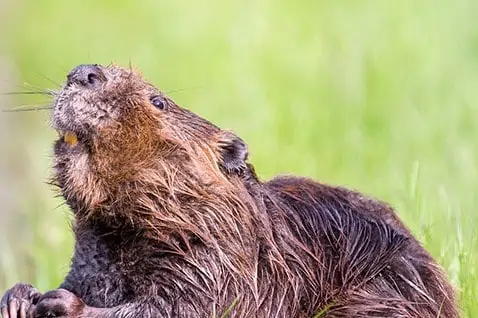Like most, I used to just take the butterfly for granted. Like most, I never gave it a thought other than that it was nice to see one. I lived in the more northern-central part of Ontario.
There were loads of flowers, a nice garden and the ditches along the rural road had lots of milkweed. Consequently, loads of butterflies adorned our property. We had cat birds, cowbirds, flying squirrels, bats and more. I never gave the butterflies much thought though, until I was with Winchester Arms and had the opportunity of hunting down in Mexico. That is when I saw hundreds of monarch butterflies clinging to the trees. I thought they had to be native to Mexico, but once my curiosity was piqued, I found that they were the same ones I’d seen in Ontario.
They would have been born in Canada and made a flight of roughly 4,000 kilometres to winter in Mexico, some driving force of nature guiding them to this place they’d never been. They travelled in search of plants that contain an abundance of nectar, an essential food of the monarch butterfly. Hatched in the early spring, the butterflies are attracted to areas where the milkweed is most prominent. If you want to attract these beautiful little creatures, plant flowers such as roses, dahlia and violets. They are loaded with essential nectar. Although weeds such as thistles and goldenrod may be pests to humans, the opposite is true of butterflies. This is why with global warming, we should be very careful here in the Yukon, with what we presently call an invasive species. They can be essential as new wildlife moves northward. What was invasive now becomes the essential plant or weed for the new species of creatures that will adorn our homes north of 60.
The lifespan of a monarch is short. In spring, they are born in Ontario. In fall, they fly to winter in Mexico. During mating season, as they return north, they leave 400 or so eggs on specially selected plants (including milkweed) in Ontario and the northern states. After only nine months, the monarch dies.
There are many varieties of butterflies, in all sizes and configurations. Some are all black and others are all colours of the rainbow. It should not come as a surprise that herbs of different kinds will also attract butterflies of all kinds. This year, Lisa planted a small herb garden and we often see the butterflies attracted to the nectar of these herbs. Next spring we plan to add a mixture of herbs that will include chives alongside of the domestic garden flowers.
A good butterfly garden should include strong early sprouting perennial plants as well as the later sprouting annual flower pants for late fall.
In closing, I offer you this as a thought for tomorrow: “Success is 99 per cent attitude. It calls for love, joy, optimism, confidence, serenity, poise, faith, courage, cheerfulness, imagination, initiative, tolerance, honesty, humility, patience and enthusiasm.”




